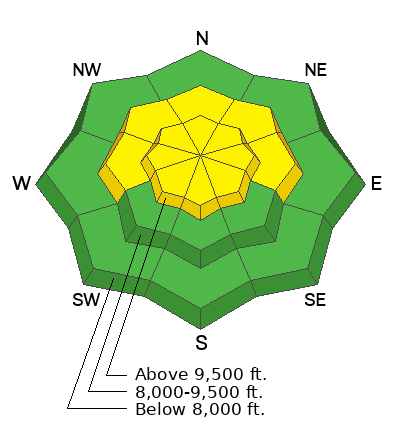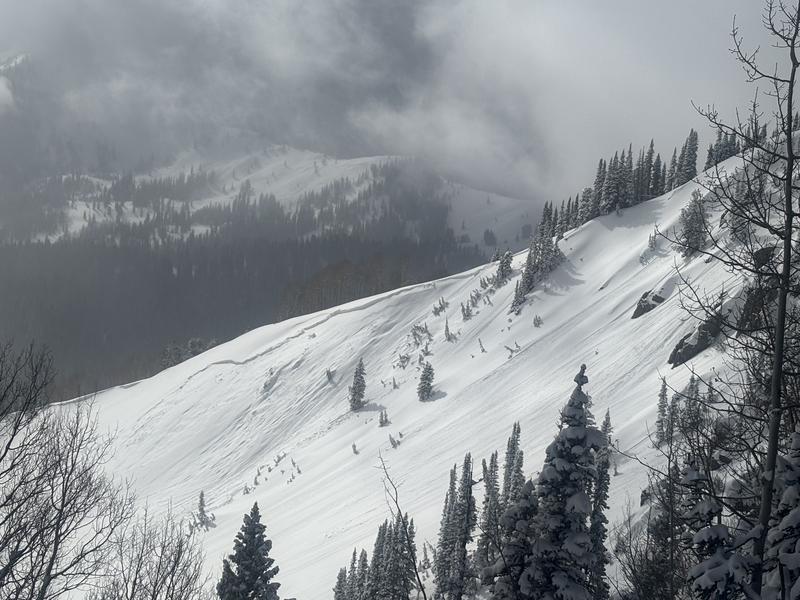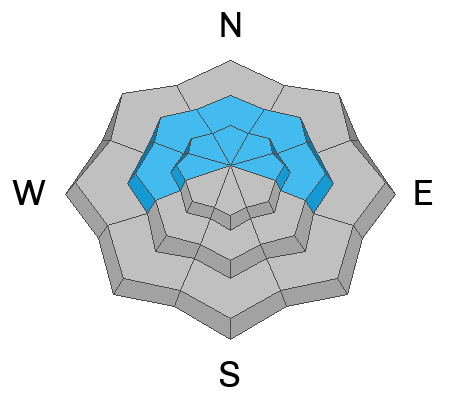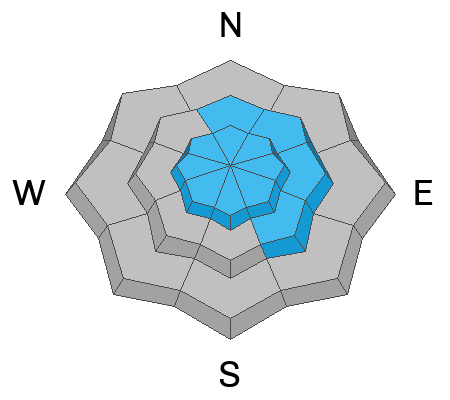Forecast for the Provo Area Mountains

Issued by Nikki Champion on
Wednesday morning, February 12, 2025
Wednesday morning, February 12, 2025
A MODERATE avalanche danger exists on mid and upper-elevation northwest to east-facing slopes, where avalanches up to 1–3 feet deep and several hundred feet wide may be triggered on weak layers. While natural avalanches are unlikely, human-triggered avalanches are possible.
The danger is highest along the Wasatch Back near Ant Knolls and upper Snake Creek, which may mirror the SLC area hazard.
MODERATE danger also applies to other steep slopes with wind-drifted and lingering new snow, where unstable slabs may exist. Approach avalanche terrain with caution—conditions are complex and variable, so be ready to adjust plans.

Low
Moderate
Considerable
High
Extreme
Learn how to read the forecast here









